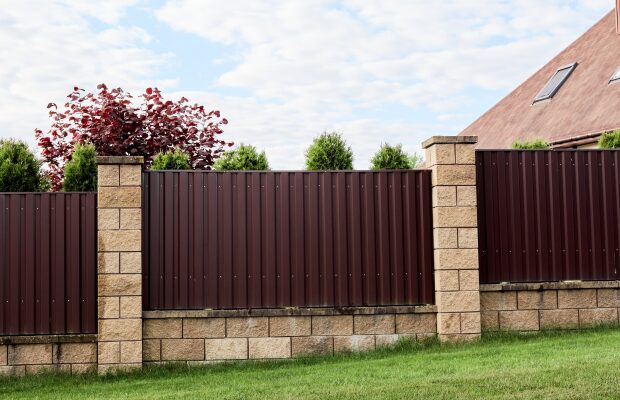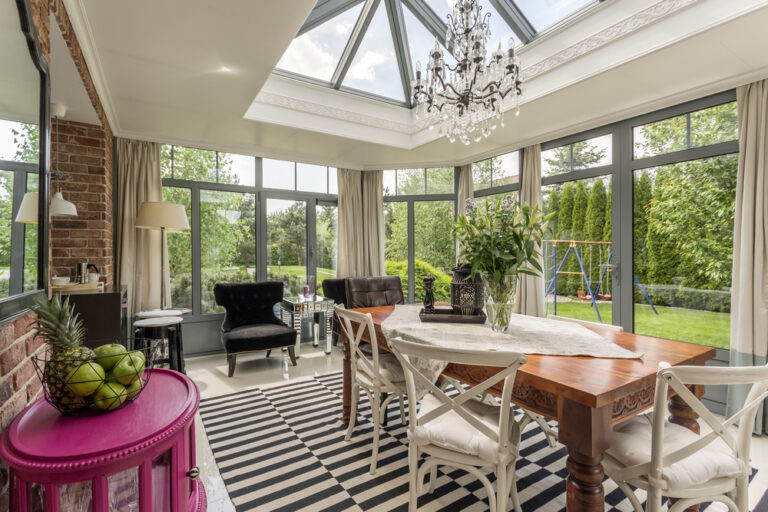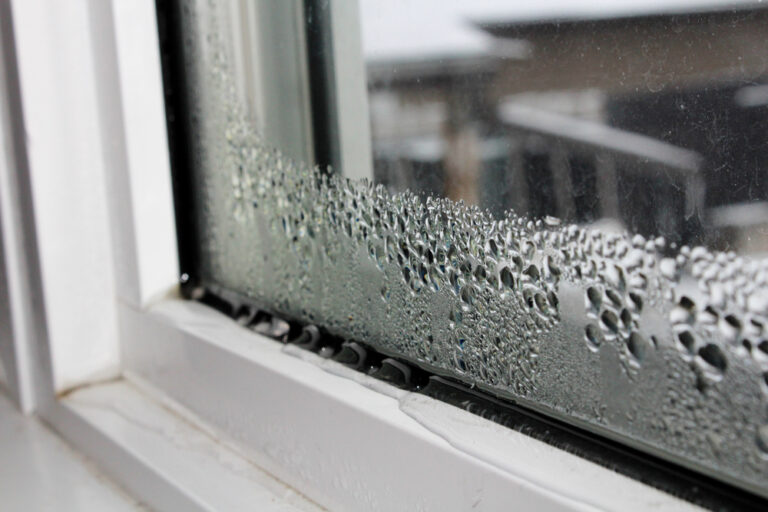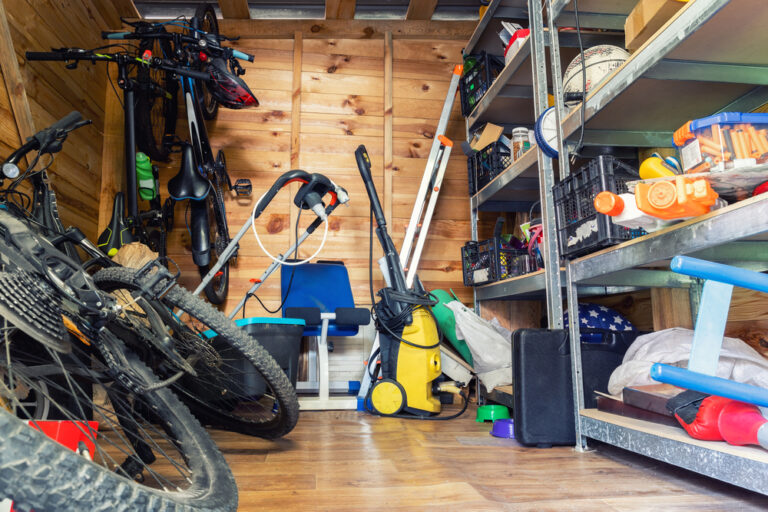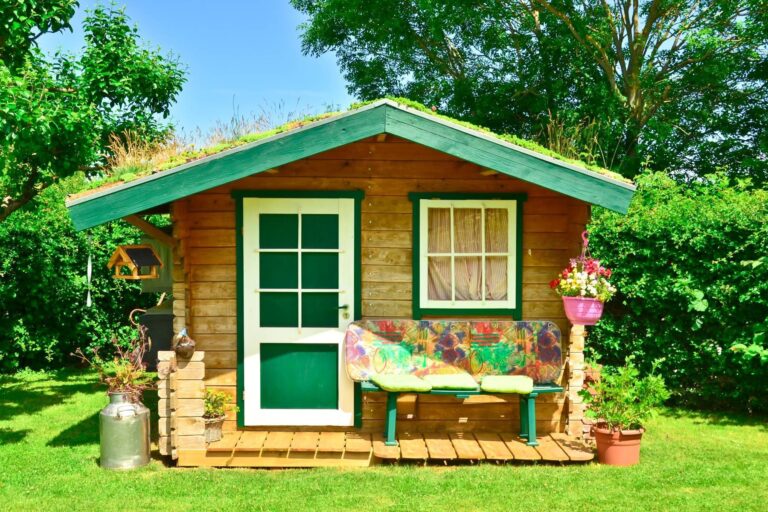When it comes to stylish home renovations, our stairs are often very much overlooked in favour of kitchens, bathrooms, and bedrooms.
But with a little imagination, you can prevent a tired and old set of stairs from blending into the background, and instead transform them into a statement piece for your home.
What’s more, a rejuvenated staircase could even be something to encourage potential buyers.
Here, we’ll reveal the steps you’ll need to take to renovate your property’s staircase and provide some design inspiration along the way…
Can I renovate a staircase?
It’s possible to renovate a staircase yourself – but more complex designs may require the skills of a joiner.
Staircase renovation work you can take on yourself might include:
- Sanding back and painting or varnishing treads, risers, newel posts and spindles
- Replacing treads, risers, newel posts and spindles
If you’re planning to redesign and replace your staircase, however, it’s best to use a professional joiner or carpenter.
How much does it cost to redesign a staircase?
The cost of redesigning or renovating a staircase will vary depending on the kind of design you’re looking for and the amount of work involved.
Most staircases will cost between £1,000 and £5,000, but costs can rise above that depending on the design.
Most staircase treads and risers are cut using man-made engineered woods like MDF, plywood or chipboard if carpet is being placed on top and this is often the cheapest way of redesigning a staircase.
If carpet isn’t being used, a hard wood like oak would be used to create the treads and risers, increasing costs.
Labour costs, meanwhile, will depend on the size of the staircase and the complexity of the work involved.
For example, a curved metal staircase over three floors will require more intense labour than a straight, single-storey staircase built with wood.
Building regulations rules for new staircases
There are strict building regulations in place for new staircases in residential properties.
So, if you’re installing a new staircase, it must:
- Have a maximum pitch of 42 degrees
- Have a minimum of 2m clear headroom above the pitch line
- Have a minimum tread width of 220mm
- Have a maximum riser height of 220mm
- Have a handrail on at least one side if less than a metre wide and on both sides if wider than one metre
- Have a minimum height of 900mm on all handrails
- Have gaps between spindles of no more than 100mm
How do you refurbish a staircase? Five things you can do
Sprucing up an existing staircase is often the best way to approach a renovation, rather than replacing the entire structure.
If your existing staircase is structurally sound, but just looking a little tired and worn, here’s what can be done to bring it back to life…
1. Replace treads and risers
Treads can become worn over time.
So, if yours are looking tired, it might be worth replacing them.
White risers and hard wood treads can create a striking contrast, but for the best finish, you may wish to bring in a skilled joiner.
2. Replace or refurbish newel posts
Newel posts sit at the top and bottom of your staircase and support the handrail.
Over time, newel posts can become loose, worn and damaged, so either need to be replaced or repaired.
Check the fixings on your newel posts and tighten them if required.
If the wood has cracked or split on your posts, you may be able to glue and clamp, before sanding back and re-varnishing or painting.
More serious damage may mean the post has to be replaced, so speak to a joiner and see what options are available to you.
3. Replace or refurbish stair spindles
Wooden spindles, like newel posts, can become worn and damaged over time, with splits in the wood commonplace.
Minor cracks can be glued and clamped, but wider splits may mean the spindle has to be replaced.
Changing all your spindles can be a great way to breathe new life into your staircase and some great designs are available from specialist staircase companies, or DIY stores.
Alternatively, you may want to consider commissioning a bespoke design from a wood turner or joiner.
4. Paint, varnish, or both?
A fresh coat of paint or varnish can make a huge difference if your staircase is showing its age.
If your staircase is already painted or stained, you should be able to sand back the existing coat to reveal the bare wood.
Then, you should paint with a wood primer, before adding two coats of gloss or satinwood on top.
If your stairs are painted, but you’d like to stain them, you may need to call in a professional to strip the existing paint away, before sanding back the wood, priming and painting.
You may wish to consider a combination of paint and wood stain. White risers and stained treads can look stunning, while painted spindles and varnished newel posts and handrails can also add real contrast.
5. Carpet, wood, or stair runner?
Carpets on staircases can become easily worn, particularly on treads.
Treads made from a hard wood like oak can be more durable, so if your stairs get a lot of traffic, this can be a great way to ensure longevity in your staircase.
Alternatively, you could consider wooden treads, either stained or painted, combined with a stair runner for contrast.
This option can work particularly well in period properties.
5 great staircase design ideas to inspire you
Redesigning your staircase can be one of the best ways to create a genuine focal point in your home.
But with so many options, from wood and metal to glass and ‘floating’ staircases, it can be hard to know where to start.
Take a look at these 5 amazing staircase designs for inspiration…
1. A glass staircase
Rather than spindles, glass panels can add a real touch of opulence to your staircase – particularly in modern-looking homes.
Glass can allow more natural light to flood on to your staircase and paired with wooden treads and LED downlights, can make a real statement.
2. A floating staircase
A floating staircase is a truly striking design feature.
Paired with glass and the right lighting, a floating staircase can become a real focal point.
However, because of the nature of the construction, these kinds of staircases can be much more expensive to install.
Remember, too, to ensure your design complies with building regulations on tread size, handrails, and gaps between treads.
3. Pair wood with metal
Wood has a stunning, natural beauty and pairing it with the more industrial feel of metal can be a great way to add character to your staircase.
Try deep natural wood treads and modern metal spindles and handrails for a really unique look.
4. Add staircase wall panelling
Wall panelling is a great way to add texture and character – and works extremely well in period properties.
Adding panelling to half of your staircase wall can be a superb additional feature, with painted treads and risers in the same colour creating a seamless look.
5. Tiled risers
Another great way to add period-style charm to your staircase is through tiled risers.
There are a huge number of patterned tiles available in Victorian and Edwardian styles and pairing these with either painted or stained treads can create an excellent look.

